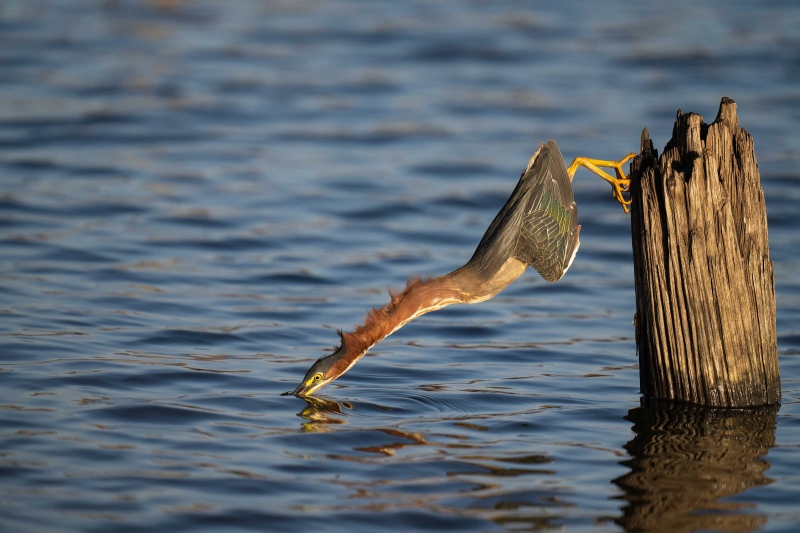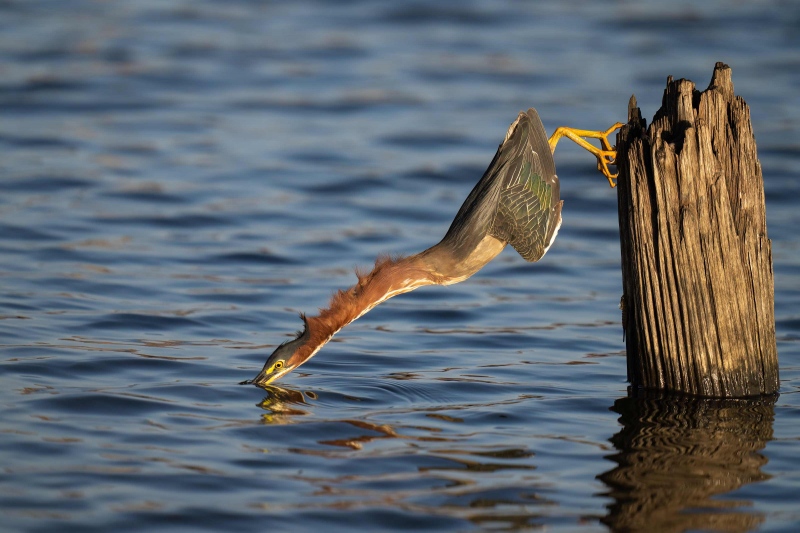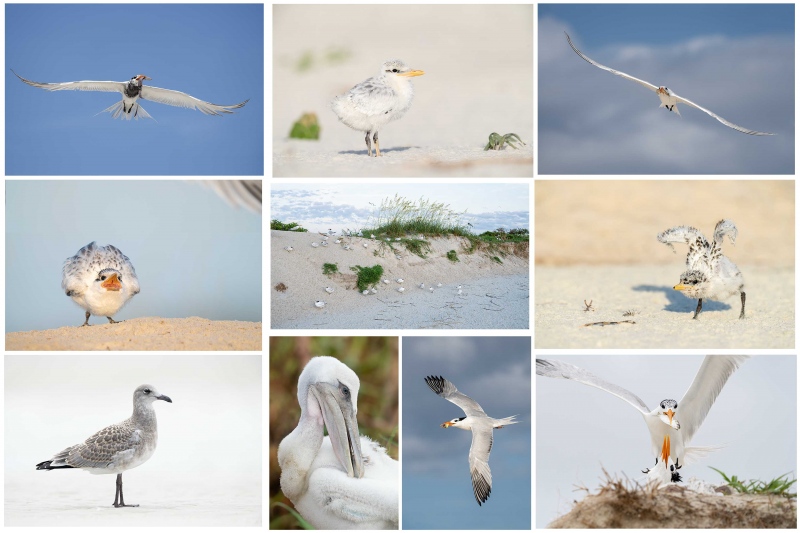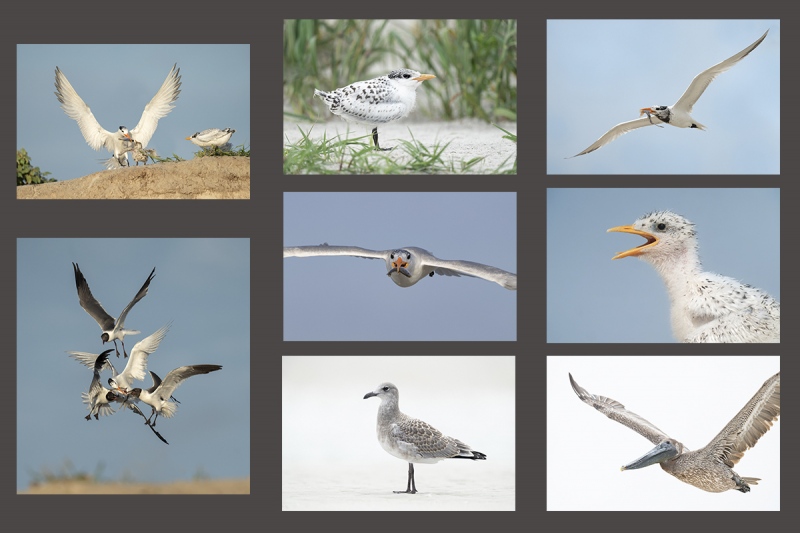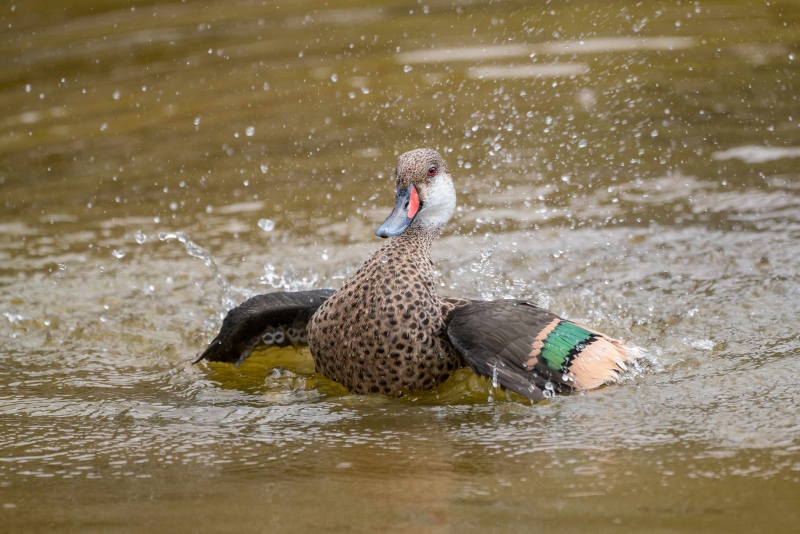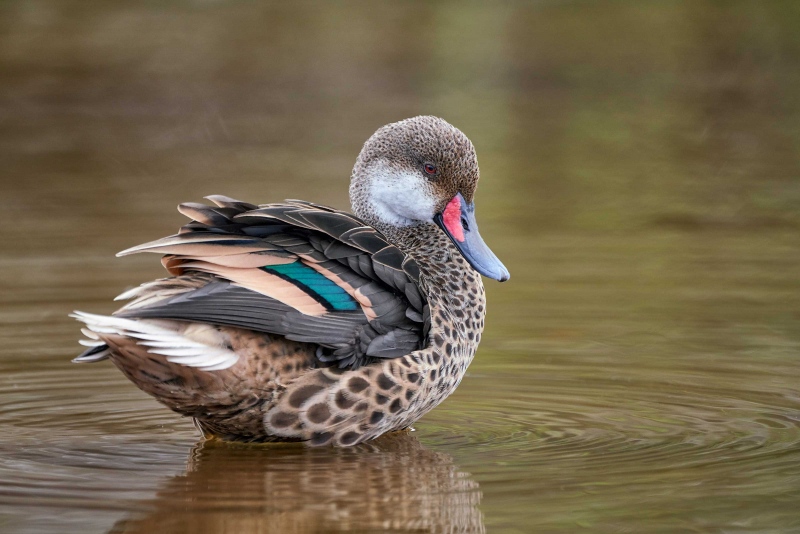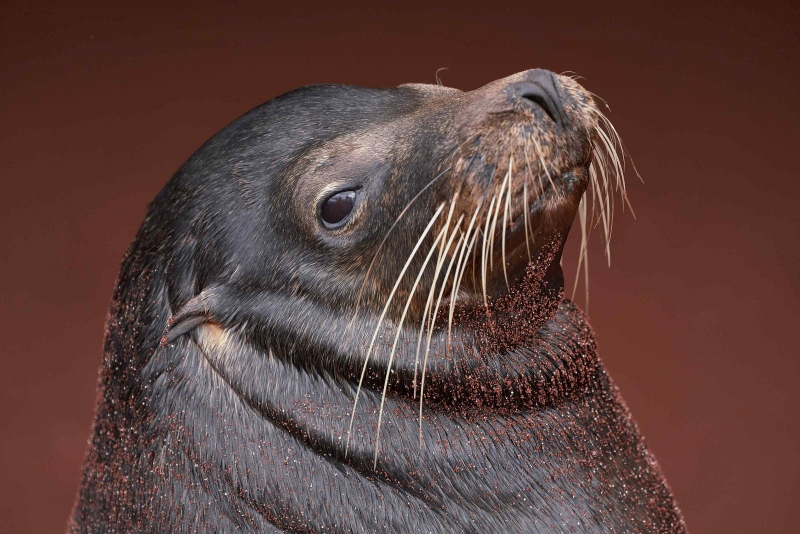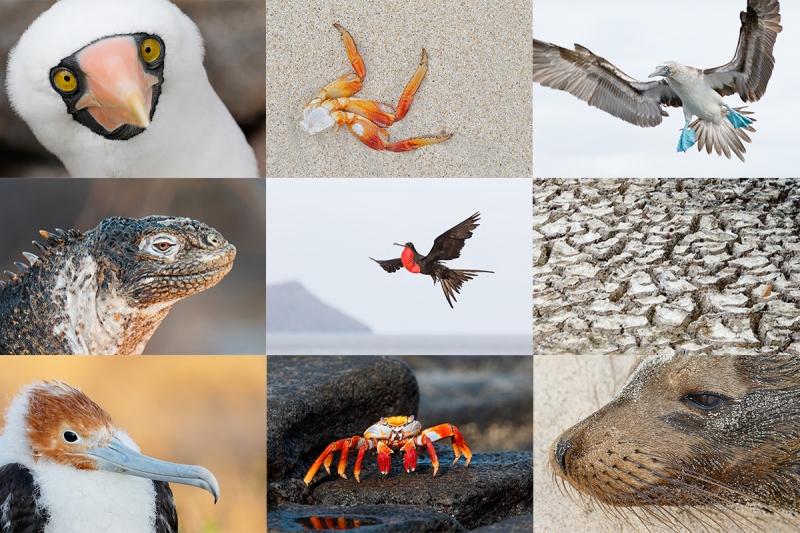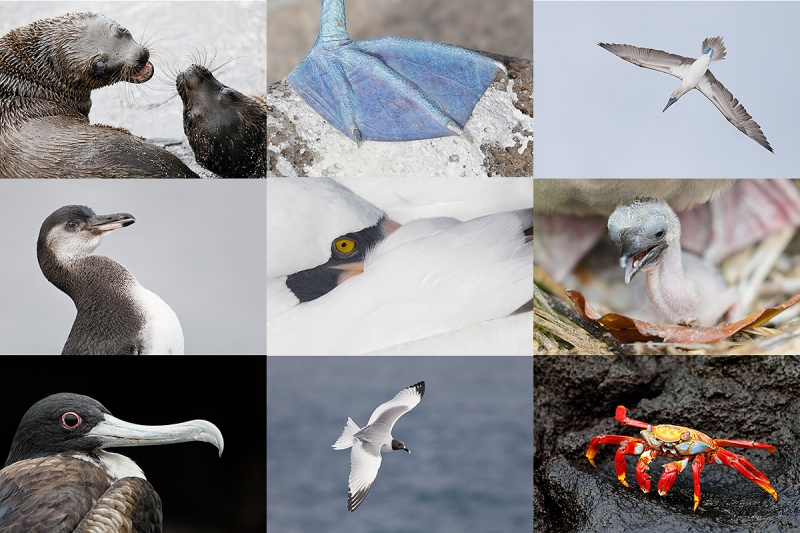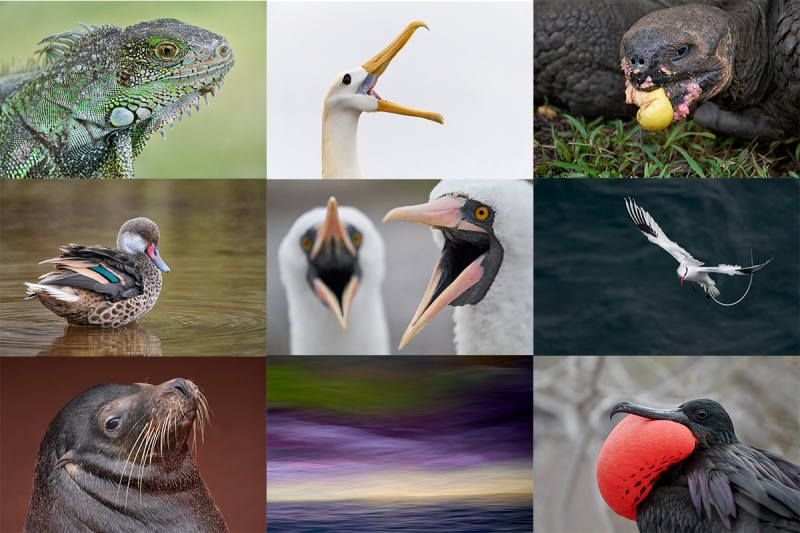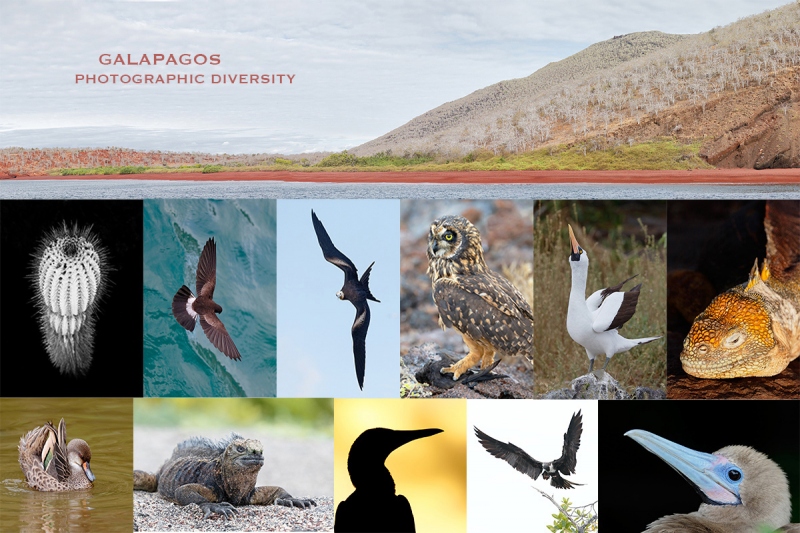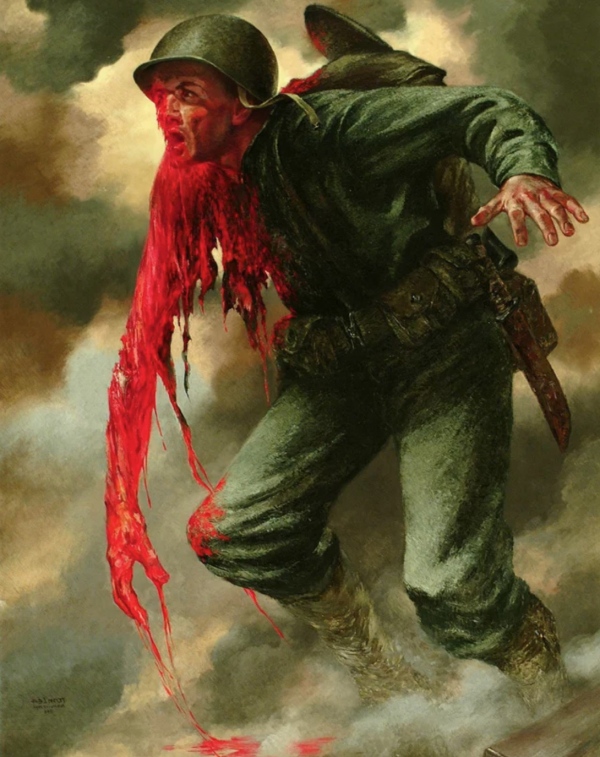Jacksonville In-the-Field Sessions
Though nobody signed up for the first Jacksonville IPT, I am driving up on Friday and shooting through Tuesday morning. Dustin Hulbert inspired me with his e-mail a few days ago stating that the nesting season is in full swing with non-stop flight action, terns carrying all types of fish and invertebrates, lots of chicks, and lots of Laughing Gull/Royal tern midair battles.
The cost of a 3-1/2 hour morning session (this coming Saturday thru Tuesday) is only $275.00. For an additional $25.00, you can meet me at my AirBnb in Jacksonville and ride to, on, and from the beach with me. If you are interested in signing up for one or more sessions, please shoot me an e-mail ASAP.
What’s Up
As expected, bird photography opportunities are diminishing as it gets hotter and hotter here during the day. Tuesday morning was my least productive session in many months. No worries, though, the reality is that things will continue to get worse (until they get better). My hope is that the Green Herons continue to fish from the low pilings north of the pier, and that at some point, the juvies join the adults.
Today is Thursday 30 June 2022. The forecast is for partly cloudy with a light SE breeze. It will be down to the lake for me. Wherever you are and whatever you are doing, I hope that you too have a great day. This blog post took about 90 Minutes to prepare and makes one hundred four days in a row with a new one.
Please remember to use the B&H and Amazon links that are found on most blog pages and to use the BIRDSASART discount code at checkout when purchasing your new gear from Bedfords to get 3% back on your credit card and enjoy free second-day air FedEx. Please, also, consider joining a BAA IPT. You will be amazed at how much you will learn!
Follow me on Instagram here. I am trying to feature both new and old images, especially images that have not appeared recently on the blog. Or search for birds_as_art.
AF-S NIKKOR 500mm f/5.6E PF ED VR Lens (with Extra)
Price Reduced $200.00 to a BAA Record-low on 6-29-2022
Bedford-friend Frank Ballatore is offering an AF-S NIKKOR 500mm f/5.6E PF ED VR lens in near-mint condition for $2,695.95 (was $2,896.95). The sale includes the front and rear lens caps, the soft-sided case, the original product box and manual, and a Wimberley AP-500 Replacement Lens Foot (along with the original Nikon foot). The lens has been stored in a humidity-controlled cabinet when not in use. Also included is insured ground shipping via major courier to lower-48 US addresses only. Your item will not ship until your check clears unless other arrangements are made.
Please contact Frank via e-mail.
Taking exceptionally long reach and giving it a hand-holdable form factor, this 500mm prime utilizes a unique Phase Fresnel element to greatly reduce the size and weight compared to previous versions of the focal length.
This PF element, along with three extra-low dispersion elements, also helps to virtually eliminate color fringing and chromatic aberrations in order to achieve a high degree of clarity, sharpness, and color fidelity. Complementing this advanced optical design, individual elements also feature both Nano Crystal and Super Integrated Coatings to suppress flare and ghosting, as well as a protective fluorine coating to guard the optical system from dust and moisture. Nikon & B&H
The Nikon PF series telephoto lenses are tremendously popular as they are relatively small and light and offer great reach. Both do well with the Nikon AF-S Teleconverter TC-14E III. On my bucket list trip for the Emperor Penguins, I brought two D850 bodies, the 500 PF, and the Nikon 80-400VR. The 500 PF is still hard to come by and sells new for $3,296.95. This lens kills with a D850, a D500, or better yet, with a Z9 and the FTZ II adapter. artie
Canon EF 100-400mm F/4.5-5.6L IS II USM Zoom Lens
BAA-friend Steve Freno is offering a new-in-the-box Canon EF 100-400mm F/4.5-5.6L IS II USM Zoom lens for the fabulous price of $1599.00. The sale includes the original box and everything that came in it along with insured ground shipping via FedEx to lower-48 US addresses only. Your item will not ship until your check clears unless other arrangements are made.
Please contact Steve via e-mail.
This incredibly versatile zoom lens — with its amazing .98 meter close focus — was my favorite Canon telephoto zoom lens ever. By far. It is easy to hand hold, great for tight portraits, for birds in flight, for quasi-macro stuff, and lots more. For flight, it is fabulous with an R5 or an R6 or an R7! The lens sells new for $2399.00 so you can save an amazing $800.00 by grabbing Steve’s brand-new lens right now. artie
|
|
|
This image was created on 27 June 2022 down by the lake at ILE. While standing on the pier, I used the handheld Sony FE 400mm f/2.8 GM OSS lens Tracking: Center Zone AF-C with Bird Face/Eye detection enabled performed well. Be sure to click on the image to enjoy a high-res version. Image #1: the full frame version of the Green Heron striking image |
Necessity, the Mother of Invention
I have ordered a monopod and the Wimberley MH-100 MonoGimbal Head for Monopods. I have long been against the use of monopods for bird photography, but my BPN-friend Joe Przybyla finally convinced me to give it a go. Hand holding the 400mm f/2.8 is an absolute delight. Even though it is only a few ounces lighter than the 600mm f/4 GM, it shorter length makes it much easier to handhold. That said, it is too heavy for me to hold in place without support while waiting for a Green Heron on a piling to strike. And I hate dragging the tripod around, especially when I am hoping to photograph flying Ospreys. So, on Monday past, I invented a new technique.
I rested the lens hood on the pier railing with my left hand below the lens barrel making sure that the Full Time Direct Manual Focus (DMF) switch was set to OFF. That prevents my hand from throwing off the focus. Anyhoo, my right hand held the camera and allowed me to frame the image and acquire focus using the tilted rear screen (with my reading glasses on and the viewfinder level activated). This technique is not as stable as being on a tripod, but it works well. I would acquire focus with Tracking: Center Zone and recompose to place the subject in the upper right corner of the frame. The AF held nicely and performed magically as the bird struck.
|
|
|
This image was created on 27 June 2022 down by the lake at ILE. While standing on the pier, I used the handheld Sony FE 400mm f/2.8 GM OSS lens Tracking: Center Zone AF-C with Bird Face/Eye detection enabled performed well. Be sure to click on the image to enjoy a high-res version. Image #2: a cropped version of the Green Heron striking image |
Striking Image Questions
1- Do you think that the bird kept its grip on the piling?
2- Do you like the wider version, Image #1, or the cropped, tighter version, Image #2? Either way, why?
Flight Photography at Jacksonville Till You Can’t Lift Your Lens! with Arthur Morris/BIRDS AS ART
Join me on the beach at Huguenot Memorial Park to learn about photographing terns in flight. 8,000 pairs of Royal Terns nest there and there are birds in the air all the time, often carrying all kinds of fish and crabs for their young. Learn about how the relationship between the wind and the sun impacts flight photography and about the best gear for shooting birds in flight. Join me on a workshop at Jacksonville this summer.
Cute & Beautiful: Photographing Chicks in Jacksonville, FL with Arthur Morris/BIRDS AS ART
There is an amazing beach near Jacksonville, FL where 8,000 pairs of Royal Terns and 12,000 pairs of Laughing Gulls (along with a few other species) breed each summer. As this video shows, photographing the chicks is easy in the summer. And there is tons of great flight photography as well. If you want to improve your bird photography skills, consider joining me on an Instructional Photo-Tour (IPT).
|
|
|
Click on the composite image to enjoy the incredible quality of the hi-res JPEG. Clockwise from upper left clockwise and back around to the center: Royal Tern in flight with squid for chick; Royal Tern chick on beach; Royal Tern in flight with shrimp for young; Royal Tern chick — double overhead wing stretch; Royal Tern landing with greenback for chick; Royal Tern in flight with juvenile mahi mahi for chick; Brown Pelican — large chick preening; Laughing Gull in fresh juvenal plumage; Royal Tern chick begging; Many Royal Terns with many chicks on face of dune. |
Jacksonville IPT: 4 FULL DAYS — the afternoon of FRI 15 JULY thru the morning of TUES 19 July 2022: $2099.00 (Limit 6 photographers/Openings: 5)
I first visited the breeding bird colony at Jacksonville in late June 2021. I was astounded. There were many thousands of pairs of Royal Terns nesting along with about 10,000 pairs of Laughing Gulls. In addition to the royals, there were some Sandwich Terns nesting. And there are several dozen pairs of Brown Pelicans nesting on the ground. Flight photography was non-stop astounding. And photographing the tern chicks was relatively easy. Folks could do the whole trip with the Sony 200-600, the Canon 100-500 RF, or the Nikon 500 PF or 200-500 VR. With a TC in your pocket for use on sunny days. Most of the action is within 100 yards of where we park (on the beach). As with all bird photography, there are times when a super-telephoto lens with either TC is the best tool for the job.
Morning sessions will average about 3 1/2 hours, afternoon sessions about 1 1/2 hours. On cloudy mornings with favorable winds, we may opt to stay out for one long session and skip the afternoon, especially when the afternoon forecast is poor. Lunch is included on the first three days of the IPT and will be served at my AirBnB. We will do image review and Photoshop after lunch.
We will be based somewhere west and a bit north of Jacksonville where there are many AirBnB possibilities. The deposit is $599.00. Call Jim at the office any weekday at 863-692-0906 to pay by credit card. Balances must be paid by check.
|
|
|
Click on the composite image to enjoy the incredible quality of the hi-res JPEG. Clockwise from upper left clockwise and back around to the center: Royal Tern feeding chick; Royal Tern/4-week-old chick; ink-stained Royal Tern in flight with squid for chick; Royal Tern/3-week-old chick begging; Brown Pelican in flight on white sky day; fresh juvenile Laughing Gull on clean beach; Laughing Gulls stealing fish from Royal Tern; tight shot of Royal Tern in flight with fish for young. |
What You Will Learn on a Jacksonville IPT
- 1- First and foremast you will learn to become a better flight photographer. Much better.
- 2-You will learn the basics and fine points of digital exposure. Nikon and Canon folks will learn to get the right exposure every time after making a single test exposure, and SONY folks will learn to use Zebras so that they can be sure of making excellent exposures before pressing the shutter button.
- 3- You will learn to work in Manual exposure mode even if you fear it.
- 4- You will learn to evaluate wind and sky conditions and understand how they affect bird photography, especially the photography of birds in flight.
- 5- You will learn several pro secrets (for each system) that will help you to become a better flight photographer.
- 6- You will learn to zoom out in advance (because the birds are so close!) 🙂
- 7- You will learn how to approach free and wild birds without disturbing them.
- 8- You will learn to spot the good and the great situations.
- 9- You will learn to understand and predict bird behavior.
- 10- You will learn to design pleasing images by mastering your camera’s AF system.
- 11- You will learn to choose the best perspective.
- 12- You will learn to see and control your backgrounds.
- 13- You will learn to see and understand the light.
- 14- You will learn to see and create pleasing blurs in pre-dawn situations.
- 15- You will learn to be ready for the most likely event.
The best news is that you will be able to take everything you learn home with you so that you will be a better photographer wherever you are and whenever you photograph.
Typos
With all blog posts, feel free to e-mail or to leave a comment regarding any typos or errors.

